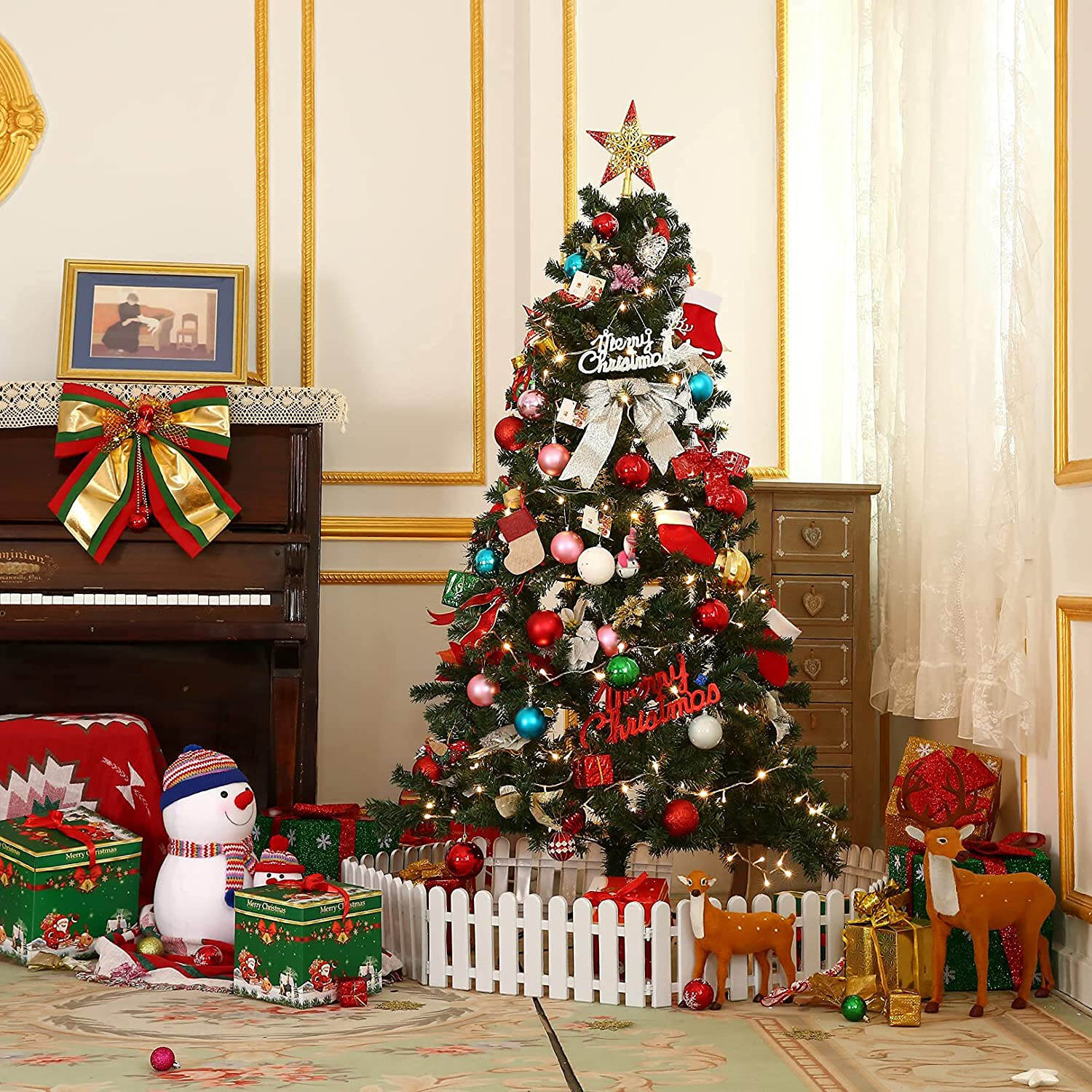Where Are The Used Christmas Trees?
December 10,2021
In December, the whole month is full of a festive atmosphere. Even if you are not Christian, you are happy to decorate Christmas trees, exchange Christmas gifts, or participate in business Christmas activities.

You've been busy for a whole month. The focus is only on that day or two. When Christmas passes and the magic of the holiday dissipates, the dutiful Christmas tree will also exit. I wonder if you have ever thought about such a question:
After Christmas, where are the used Christmas trees?
Classification of Christmas trees
There are two kinds of Christmas trees: artificial Christmas trees and natural Christmas trees. These two Christmas trees also correspond to different treatment methods
-
Artificial Christmas trees
The earliest artificial Christmas tree originated in Germany in the 19th century and was made of feathers dyed green. In the 1930s, an American company selling cleaning brushes invented a Christmas tree made of bristles. It is very popular because it is cheap, non-flammable, does not lose hair, and can be reused. After that, aluminum Christmas trees were also popular for some time, but now most Christmas trees are made of PVC plastic.
Artificial Christmas trees can be used repeatedly for many years. Although a natural tree will produce 3.1 kg of carbon dioxide from planting to burning, an artificial tree will produce 48.3 kg of carbon dioxide in its lifetime. Because the fake Christmas tree is made of plastic, it consumes a lot of energy from processing, raw material transportation to disposal, resulting in more carbon emissions.
85% of the artificial Christmas trees in the United States are imported from China. Long-distance transportation makes it consume more energy. However, if the artificial Christmas tree is reused every year for more than 12 years, it will be more environmentally friendly than the real tree.
-
Natural Christmas trees
Most natural Christmas trees use fir. In the past, people often fell wild trees as Christmas trees, but now they use artificially planted economic forests.
There are also two types of natural Christmas trees. One is similar to a potted plant, where the roots of the tree are dug up and transplanted to flower beds and other places. However, the combination of root loss caused by excavation and the indoor environment with high temperature and low humidity is very unfavorable to the health of trees; in addition, indoor warmth will make trees get rid of the natural dormancy in winter, and when placed back in a cold outdoor climate, there is almost no any protection measures, so the survival rate of these trees is very low.
The other is to cut the tree directly and use it as a disposable product. Then this Christmas tree has been doomed from the moment it was cut and made into commodities.
The processing method of Christmas trees
-
Natural Christmas trees
The treatment of natural Christmas trees looks more environmentally friendly:
For example, in Sweden, the government will have a special website to tell people how to classify garbage. Christmas trees belong to garden garbage, which can be ground into gardening sawdust after being put into the collection place.
The New York EPA also has an annual Christmas tree roadside collection program. They will recycle Christmas trees for free and provide broken wood services at designated locations. These Christmas tree sawdust will be used in the city's parks, courts, and communities.
People who love gardening can also bring sawdust home free of charge. Sawdust can be used to keep plant roots warm in winter. It can also inhibit weeds and maintain moisture when sprinkled on the soil.
-
Artificial Christmas trees
Artificial Christmas trees are not so lucky. Because some of the artificial Christmas trees are mixed with iron wires and other materials, the cost of treatment, transportation, and cleaning is very high, and recyclers and EPD cannot recycle them.
What do you think of the Christmas trees? At least, while seeing the Christmas tree and admiring its beauty, also think about their "tragic" ending.